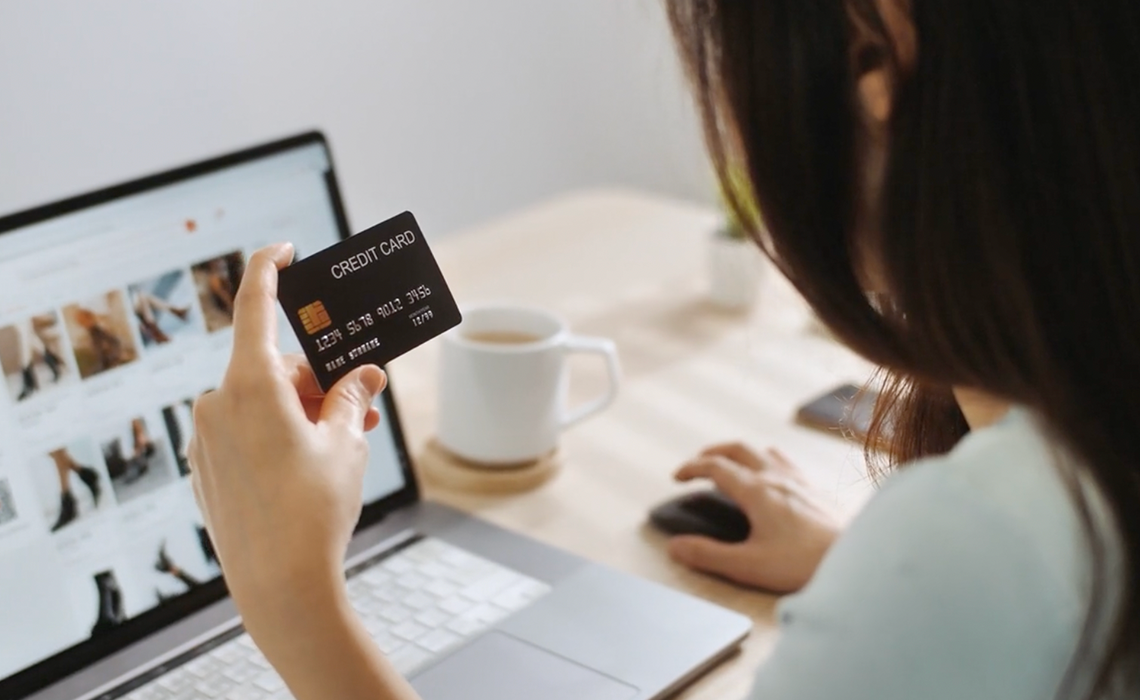How to Leverage Personalization to Boost Sales
Slowly but surely, digital-savvy companies have been pushing the boundaries of what’s possible. It’s because of these companies that today’s customers have higher expectations.
So, personalization today goes much further than just slapping the customer’s name on the email subject line and calling it quits. If this is still the extent of your personalization efforts, then it’s time to look into new ways to personalize your customer’s experiences, since personalization has been proven to increase your sales.
But where should you start? In this blog, we’ll give you an overview of systems that can contribute to a personalized customer experience.
The importance of personalization
As we can see in this infographic by marketingprofs, personalization helps in upselling, cross-selling and overall customer retention.
68% of companies have made it their top marketing priority, yet 53% of them lack the basic tools needed to make it a success across the board.
Furthermore, businesses that participated in the Boston Consulting Group’s survey indicated that they are expecting an annual revenue growth between 6% and 10% due to their personalization efforts.
The seed of personalization: data
Even as companies like Starbucks are presenting their customers with tailored games through their loyalty programs, many are still stuck with email marketing.
And that’s perfectly understandable. Personalization requires an incredible amount of data. Not only do you need a lot of data, that data needs to be error-free.
For starters, have a look at the data you have. What’s in your analytics software, CRM, or marketing automation tools? Bring them all together and try to identify certain trends.
It always helps to have a clear view of your customers. A buyer persona can help you achieve this. If you’re still in the process of drafting your personas, you can find our Osudio Persona Template here.
Once you have defined your personas, you’re ready to start using them to define general rules.
However, more and more companies are going beyond general rules. They are looking at more specific things to personalize, like the websites that someone has recently visited or certain life events.
If you’re a retailer and know that a certain customer has recently had a baby, it might be a good idea to congratulate them with, say, a coupon for baby clothing or diapers.
While these are all great for driving revenue, you might want to hold off on applying them until you’ve become more familiar with personalization.
Starting at the core: your products
Depending on the CMS your business uses, you might also be able to leverage its power in your personalization efforts.
For example, Sitecore allows you to change a page’s content depending on a user’s profile.
If you sell pet food and know a visitor has a dog, you can choose to only show dog food on your homepage.
However, getting your product data all sorted out is the first step in using them to create a fitting product experience for your customer.
You can try to personalize as much as you want, but if your products aren’t labeled properly, then it’ll be hard to show the right products to the viewer.
When your organization has access to a PIM system, that should not be an issue. A product experience management system goes even further.
It goes to great lengths to help its users personalize, allowing you to define personas and assign certain products or even different product pictures to specific personas. When such a system identifies a visitor as someone who is part of one of your personas, they will be shown the correct products at the right time.
Keeping things simple
Personalization can also be found in smaller things on e-commerce websites. If you notice that a certain person tends to buy the same product every month, why not give him a coupon to encourage him to keep doing so?
Another scenario: Profile A always buys product X and Y. So, if a customer that fits profile A’s description buys product X, you might want to show him a recommendation for product Y. Cross-selling or even upselling shouldn’t be too much of an issue anymore.
You can also play with the customer’s cart. Often, it’ll be loaded with products that they just won’t buy. They’re effectively window shopping online.
Most websites already save the carts when people leave, but they often forget to capitalize on it. Send them a clear notice of their cart when they return as a reminder.
While we’re on the topic of carts, why not personalize a banner ad based on what’s in it. An easy example would be your free shipping requirements.
Do you notice that the basket isn’t quite full enough to warrant free shipping? Display a banner with the message that they still haven’t met the requirements for free shipping. Add a few targeted product suggestions and you’re good to go.
You can also use the information you have on users to make their life a lot easier. If you’re using forms, let them autofill as much as possible.
This will make it easier for the customer to buy, which in turn will increase the chances of conversion. Or try simply offering different imagery and copy based on the location of the user.
The possibilities are endless. That’s why you should have a clear vision of which experience you want to offer your customers.
This blog was written by Brecht Beertens from our partner SQLI.



